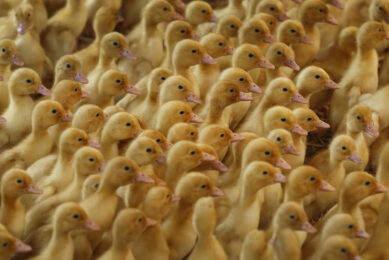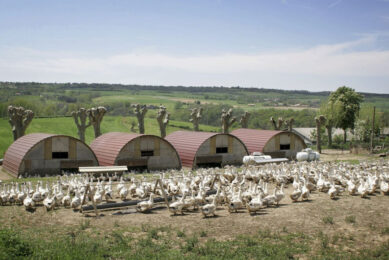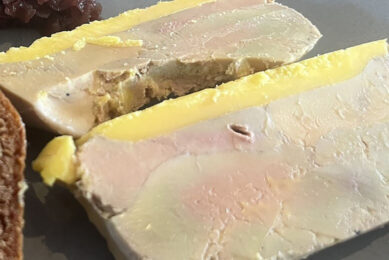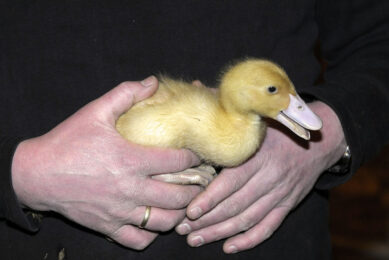Effect of chilling rates on quality of duck fatty liver
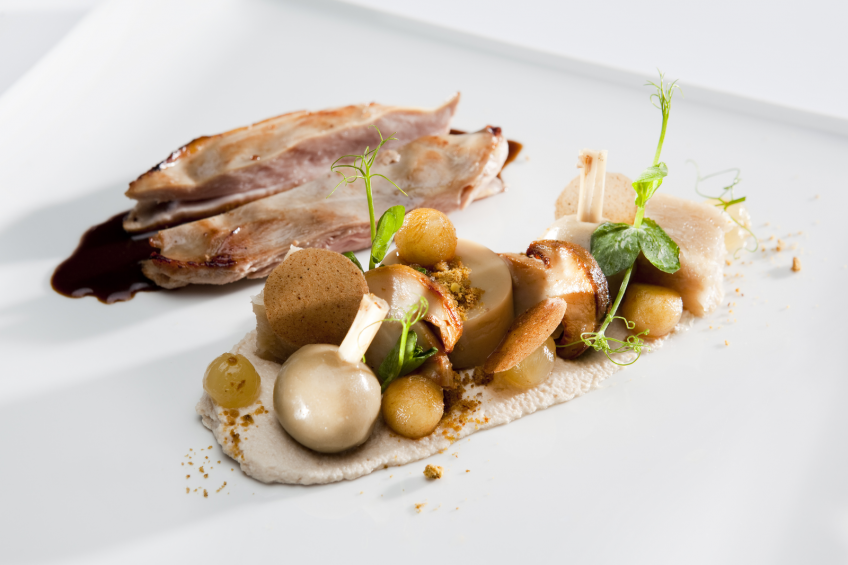
Animal products, including ‘foie gras’ (fatty liver), have to be chilled as soon as possible after slaughter. The chilling method and chilling rate are crucial and can affect the technological and organoleptical qualities of the final product.
Temperature plays an important role in the determination of the texture, which is considered to be the most important quality attribute of fatty liver products. Based on its texture, three classes of fatty liver can be distinguished, i.e., soft, firm and hard fatty livers. The texture of a fatty liver is determined by its biochemical composition, more specifically by its water and fat contents.
The richer the fatty liver is in water the softer it is, and the richer in fat the harder it is. Texture is strongly correlated to cooking yield, the major quality issue for the industry of fatty liver; soft livers have a higher weight loss during chilling and storage compared to hard fatty livers. Hard fatty livers, however melt more during cooking and therefore are less wanted for industrial processing. Melting can be influenced by many factors such as the genetic type, the weight of the fatty liver or its total lipids content, the duration of force-feeding or the age of birds. Also technological practices such as delaying the cold storage time have also been shown to alter the cooking yield. A good compromise for the industry are firm fatty livers.
The aim of the experiment was to study the effect of 3 different chilling rates (ultra-fast, fast, and slow) on quality features of fatty livers. The livers used were harvested from commercial flocks of male mule ducks of 13 weeks of age, at which age, ducks were force-fed by the distribution of a soak corn mixture (42% grain–58% flour) twice daily during a period of 12 days. Effects of the different chilling rates were mainly significant at 24 h post mortem.
As a conclusion we were able to highlight an indirect positive relation between proteolysis and melting yield in ducks’ fatty liver. The ultra-fast chilling treatment resulted in the lowest percentage of hard fatty livers and cooking loss.
S. Awde, N. Marty-Gasset, G. Sandri, A. Dalle Zotte and H. R´emignon, Poultry Science.




